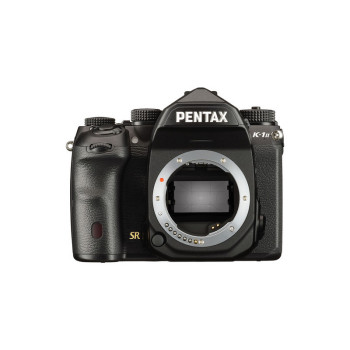- Exceptional image quality
- 8K video recording
- Fast and accurate autofocus
- High-resolution images
- Durable and weather-sealed
- Excellent for astrophotography
- Comfortable to use
- High price
- Large file sizes
- Heavier than some competitors
- Limited video capabilities
Canon EOS R5 vs Pentax K-1 Mark II
The world of photography has evolved significantly over the years, with numerous advancements in technology leading to the development of high-quality cameras. Two notable models that have gained attention from photographers are the Canon EOS R5 and the Pentax K-1 Mark II. While both cameras offer exceptional features, they cater to different needs and preferences.
The Canon EOS R5 is a mirrorless camera, part of the latest generation of cameras that have revolutionized the way we take photos. It boasts an impressive 45-megapixel full-frame sensor, allowing for incredible detail and resolution in every shot. The EOS R5 also features advanced autofocus capabilities, with over 5,900 AF points, making it ideal for capturing fast-moving subjects and ensuring precise focus. Additionally, it can shoot up to 12 frames per second, making it perfect for sports and wildlife photography.
On the other hand, the Pentax K-1 Mark II is a DSLR camera that builds upon the success of its predecessor. It features a 36.4-megapixel full-frame sensor, which, although lower in resolution compared to the EOS R5, still produces outstanding image quality. The K-1 Mark II also boasts an advanced autofocus system, with 33 AF points, and can shoot up to 4.4 frames per second. While it may not match the speed of the EOS R5, it is more than capable of handling various photography genres, including landscape, portrait, and still-life.
One significant difference between these two cameras is their design and functionality. As a mirrorless camera, the Canon EOS R5 is more compact and lightweight, making it easier to carry around for extended periods. It also features a vari-angle touchscreen LCD, allowing for greater flexibility when composing shots. In contrast, the Pentax K-1 Mark II, as one of the DSLR cameras, has a more traditional design with an optical viewfinder, which some photographers may prefer for its more tactile experience.
In terms of video capabilities, the Canon EOS R5 stands out with its ability to shoot 8K resolution at 30 frames per second, making it an excellent choice for videographers and content creators. The Pentax K-1 Mark II, on the other hand, can shoot 4K resolution at 30 frames per second, which is still respectable but not as impressive as the EOS R5.
When comparing the two cameras, it's essential to consider the target audience and intended use. For photographers who value speed, advanced autofocus, and high-resolution video, the Canon EOS R5 may be the better choice. However, for those who prefer the traditional feel of DSLR cameras and prioritize still photography, the Pentax K-1 Mark II is an excellent option.
In conclusion, both the Canon EOS R5 and the Pentax K-1 Mark II are exceptional cameras that cater to different needs and preferences. While the EOS R5 offers advanced features and capabilities, the K-1 Mark II provides a more traditional DSLR experience with outstanding image quality. Ultimately, the choice between these two cameras will depend on individual priorities and the type of photography they intend to pursue. As the world of photography continues to evolve, it's exciting to see how these cameras will influence the development of future models, pushing the boundaries of what is possible in the realm of DSLR cameras and beyond.

































